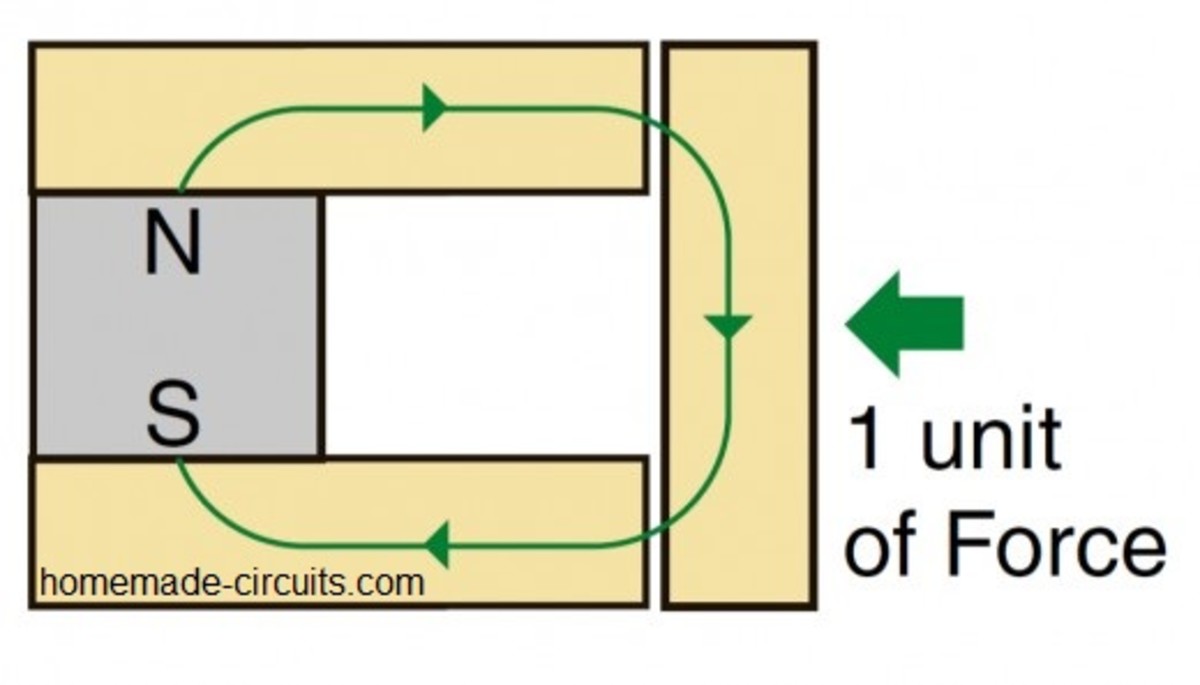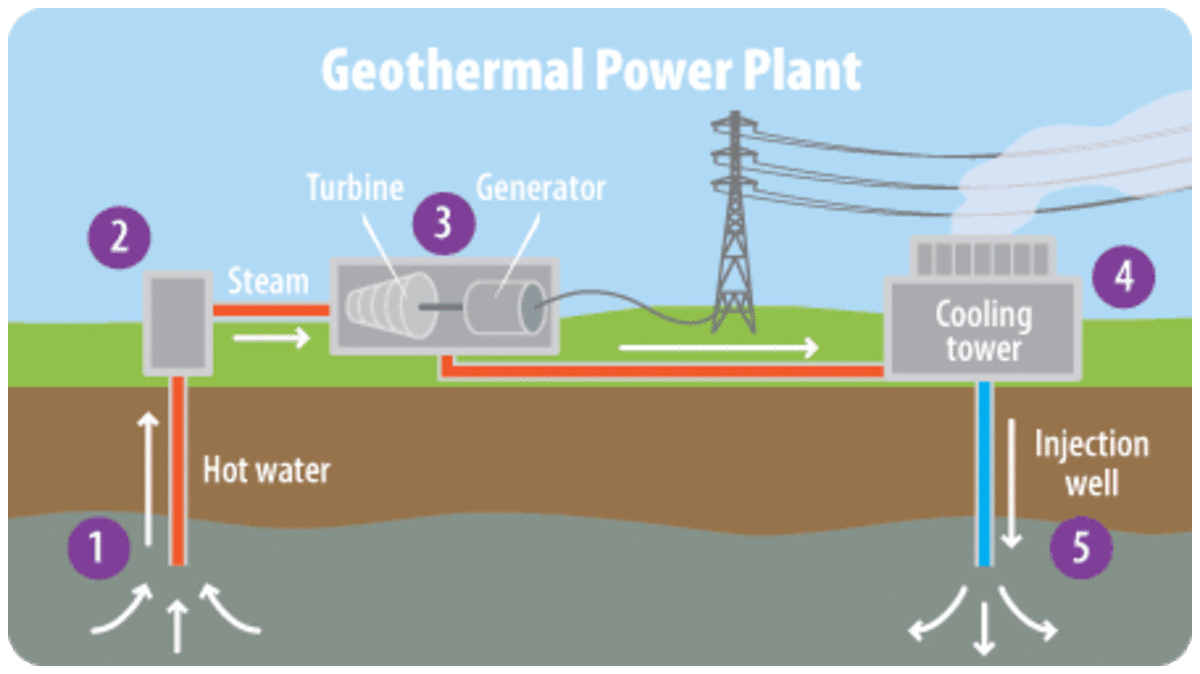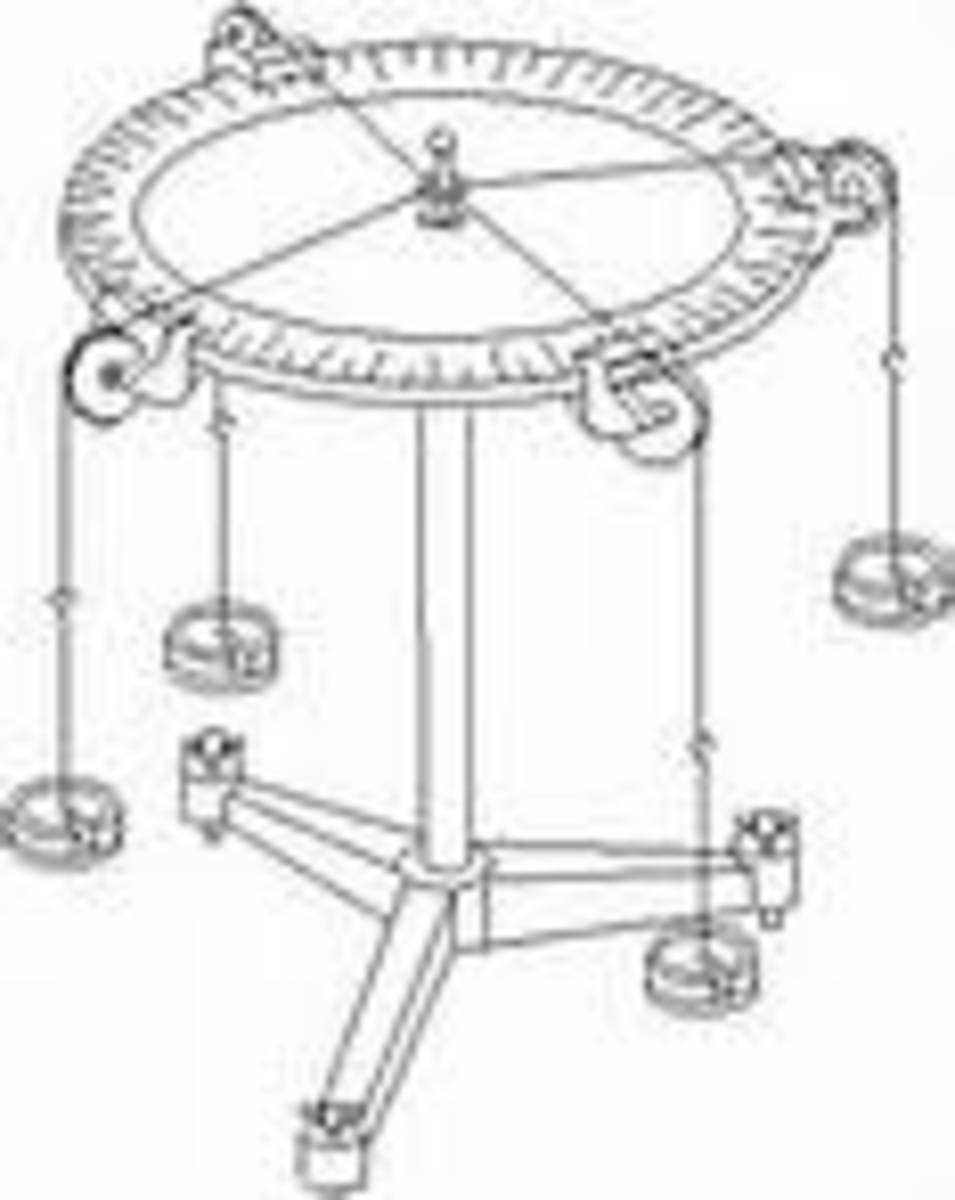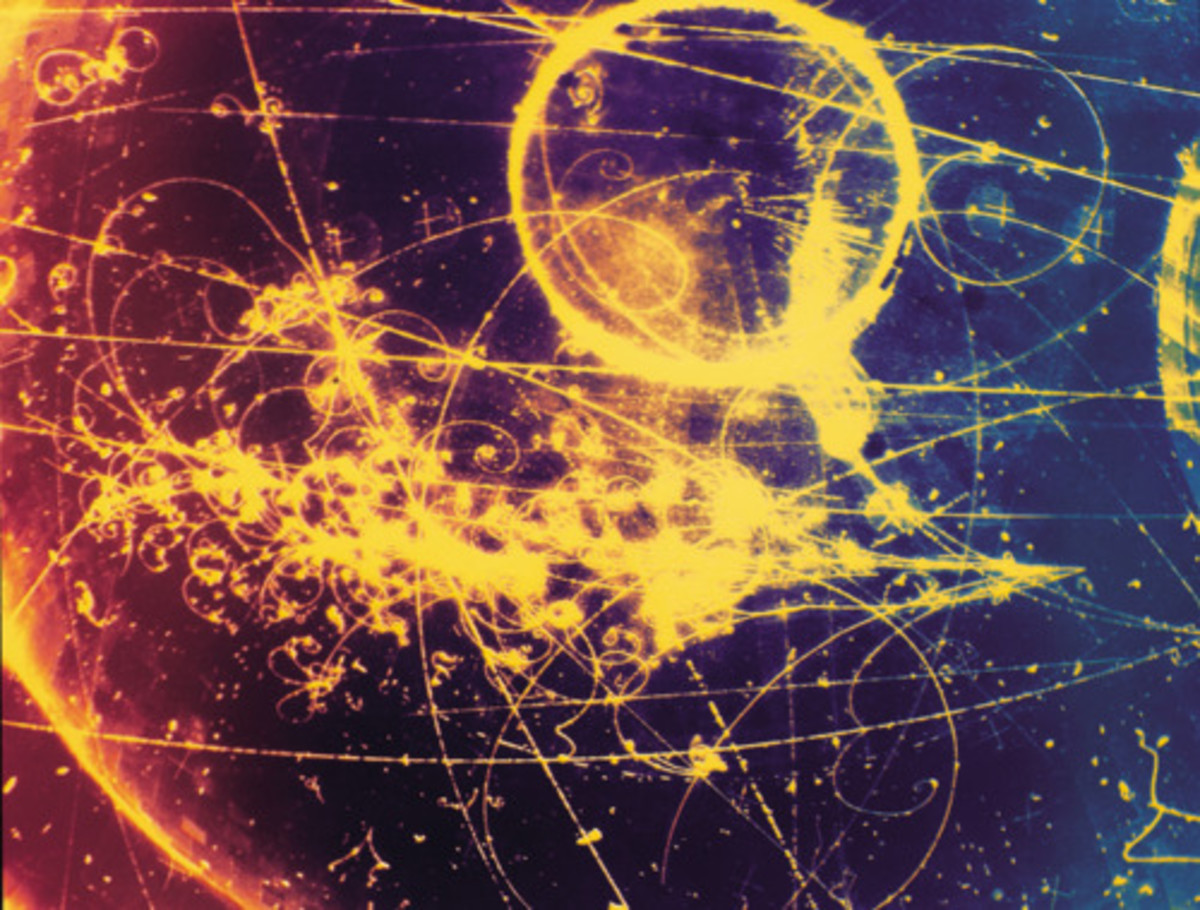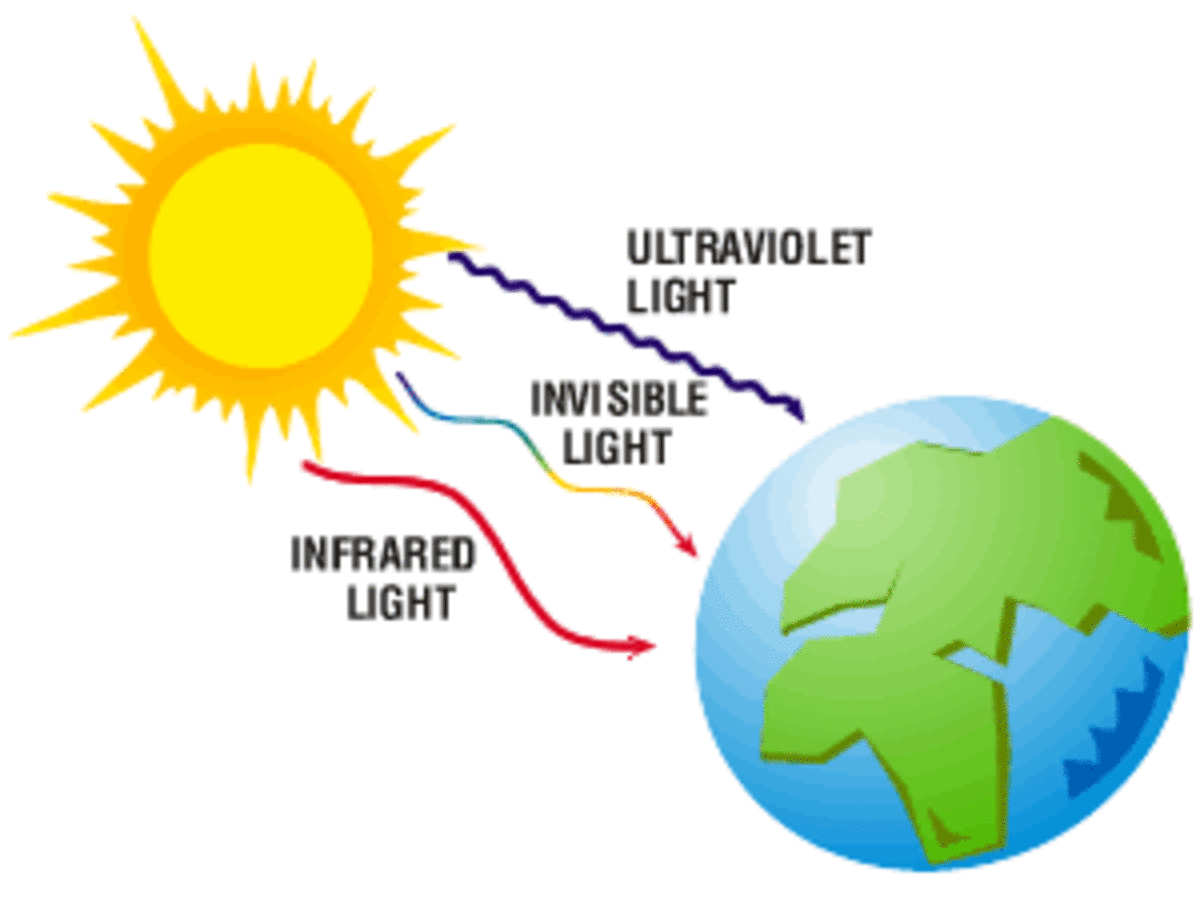New Technology
Free Power generator
Electromagnetic waves are all around us in the transmissions from Radio and TV masts and mobile phone aerials, and engineers know that these can be harnessed into a power generator. In a recent experiment it was shown that by pressing the ON button of a CB radio, a light emitting diode held near to the radio but not attached to it in any way, would light up. The electromagnetic energy emitted by the radio will induce a current into the piece of wire that the LED is attached to, and if the piece of wire is of the correct length to form a dipole or matched antenna, the LED will light up. This is the theory behind all radio and TV reception: electromagnetic waves emitted from a transmitting aerial is received by your aerial at home, a current is induced in your aerial and tuned circuits in your receiver resonate the currents and amplify them to give you clear reception.
The scientist then thought that with enough transmitted energy he could, maybe power up an electric motor remotely, and maybe use that motor to work another piece of equipment. The CB radio only had 4 watts of power but something in the home was much more powerful, a microwave oven. That had 1000 watts of energy. Now microwave ovens can be very dangerous pieces of equipment and you should never play about with them. You should certainly not start taking them to pieces for any reason whatsoever, because the magnetron inside the oven can kill you. Even with the oven switched off, there is enough stored energy in a microwave oven to kill a fully grown man. The scientist being fully aware of this and working under supervision, was able to form a metal ray gun attached to the magnetron and direct the microwave emissions at a bank of dipoles of the correct length. Electromagnetic waves, travelling at 186,000 miles an hour gathered by the dipoles, induced an electric current in them and sent it down a cable to a motorised toy helicopter, raising it off the ground. Even though the experiment was a success and the helicopter was raised off the ground, there was not enough power to lift the helicopter and the cable attached to it to any significant height and it crashed at a few feet off the ground. However it did prove that electromagnetic induction works. I remember proving it to myself some years ago by winding a length of thin copper wire around the cable carrying the power into our house, then splashing the ends of it across the battery terminals in my radio. The radio came on. I had been learning about induction in college and was anxious to prove to myself that Faraday's law of Induction was true. And it was so proved.
The video at the end of the hub is further proof, though on a much grander scale than my experiment.
Infra Red Rays
This is proof of electromagnetic waves being used to power a machine, but what if we were able to harness the very much smaller rays given off by the sun and use them? Those rays are infra red and are present all the time, even when the sun is not shining. An infra red camera will show up the rays given off by anything warmer than absolute zero temperature, even people, but can an antenna be constructed to gather these tiny, tiny, rays and use them to our advantage? Yes it can!
A scientist called Steven Novack has built the antenna at the Idaho National Laboratory, USA. The array of antennas is only a metre square of plastic. It can be rolled up and carried in a briefcase. The individual dipoles are so tiny that the one metre square plastic contains 4 Billion dipoles. The sun emits infra red rays which are absorbed by the earth, and can be gathered at any time, day or night. The one metre square antenna was able to light up several electric light bulbs. Steven Novack estimates that it will be only five years before we are able to use the antennas commercially.
Proof of induction
Power generator
National Laboratory


